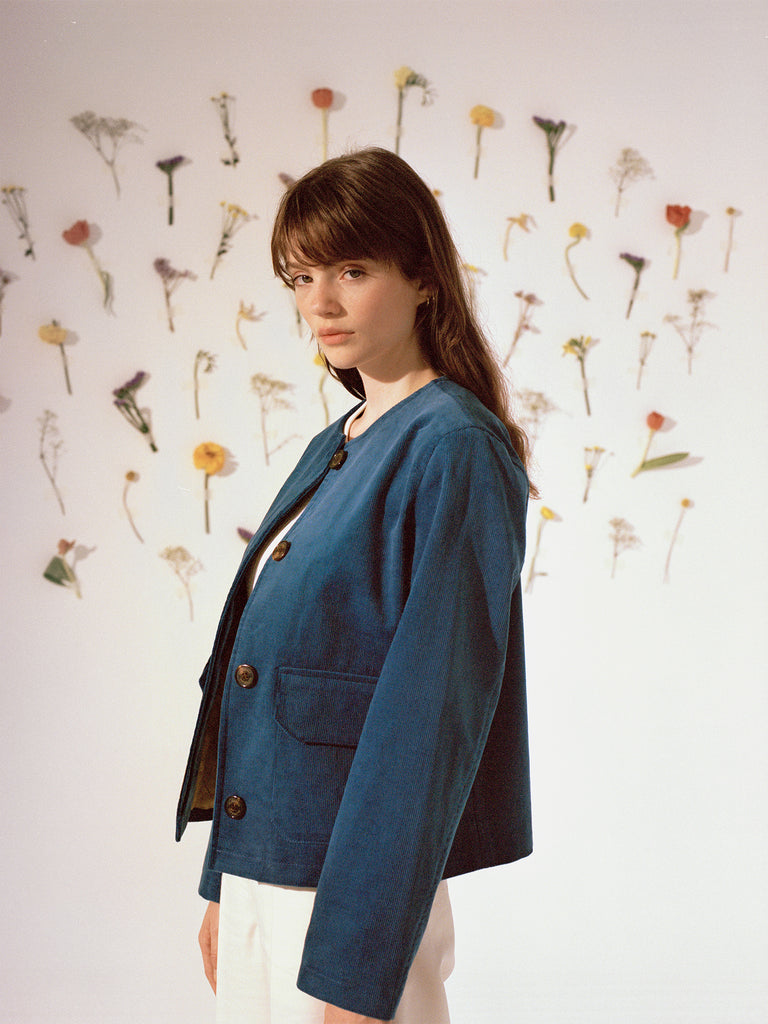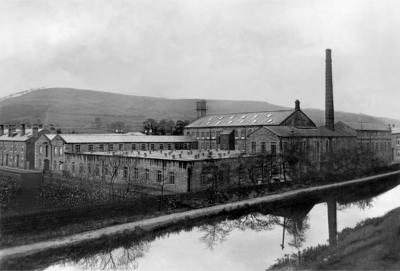Corduroy in Focus
Corduroy is one of our favourite fabrics for this season. Quintessentially British, it's perfect for layering as a transitional piece for Spring.

There is some debate as to where the name corduroy came from. Some have claimed it originates from the French term “Cord du Roi” - translating as “The King’s Cord” but this has since been questioned. A more likely explanation being that it was a fusion of "cord" - based on the fabric’s appearance - and similarity to a coarse woollen fabric called “Duroy”.

A natural fabric, corduroy is typically made from cotton yarn, with its unique texture created during weaving. Twisted fibres are woven together in parallel to create cords with channels between them. The size or width of the cord is known as a "wale". Wales are the number of ridges per inch of fabric. The smaller the wale, the thicker the fabric is, with a standard corduroy being around 11.

The dense weave of the fabric makes it a warm fabric to wear and helps with windproofing. A practical choice, it was adopted as factory wear in 19th century Manchester due to its sturdy and hard-wearing properties, whilst remaining easy to care for. Once nicknamed “the poor man’s velvet” it is soft to the touch and its unique texture creates a rich colour.

At Gloverall, we use a range of corduroy - a fine needlecord for our Spring Jane Jacket and a chunkier cord for the Freya Trench and Musso Harrington Jacket. Our corduroy is supplied by Brisbane Moss who have been producing fabric since the mid-19th century using the finest quality cotton yarns. Based in Lancashire, they are now the largest remaining British manufacturer of corduroys.
